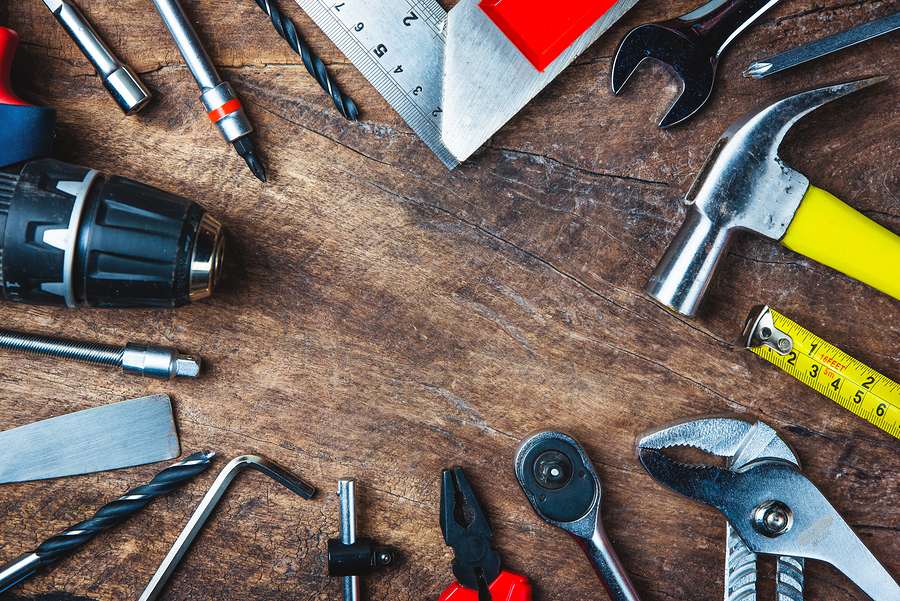How to Tips for Replacing a Kitchen Faucet

How to Tips for Replacing a Kitchen Faucet
Faucet replacement is a very easy task that anyone can do. It is one of those household repairs that don’t really need any professional assistance. Here are the basics that you should know about faucet replacement.
Being Prepared and Choosing Your Faucet
Before you go off with the replacement proper procedures, you should be ready and have with you the faucet unit that you want to use to replace your old one. You can drop by your Lowes, Home Depot, Menards, or local hardware store and pick out a faucet that you want. Having it on hand before removing the old one would make things easier and faster for you.
With the numerous modern designs now at the market, you have a variety of faucet designs that you can choose from. For your bathtubs and sinks, you can get single or double handled faucet. Generally, faucets have a standard size regarding their hook-ups, depending on their use. For kitchen faucets, you can usually find units with an 8-inch hookup. Bathroom vanity faucets usually come in 4 inches, while bathtubs come in 8 inches. Be aware that inexpensive plastic faucets look like quality brass fixtures but do not last as long.
Faucet Measurements
In order to know which kind of faucet to get from the store, first you have to do some measurements. Have your tape measure in hand for this task. If you will be using a double handled faucet, what you need to do is take the measurement from the handles’ center to center, thus, this is your faucet’s size. If you will be using a single-handled faucet, you would have to measure starting from the distance in between your water hook-up lines placed on your faucet’s bottom.
As soon as you know the style and size of your faucet, then you’re already to take out the old one and install your new unit.
Tools That You Need
Basically, you do not need a lot of tools for this task. All you need to have are wrenches so that you can hold the shut-off valve and take out the supply line that is going to your faucet. Also, you would need to have channel lock pliers or a basin wrench. You’ll be using this take out the large nuts, which attaches the faucet to your sink. It would be better if you use a basin wrench, due to its special design that is intended for working in tight spaces, just like where your faucet is mounted to your sink.
Steps to A New Faucet
First, you should turn off all water supply that is linked to your faucet. Then, you should remove the supply lines coming from both sides of your faucet. After that you should remove the large retainer nuts that are holding your faucet to the sink. When you are done with this, remove the old faucet from the sink. You will probably need a pry bar to pry the faucet away as it is probably set in silicone caulking. Pry bars are incredibly handy. They can be used for a wide range of both automotive and around the home repairs and construction projects. They can be used for scraping, for lifting tile, for leveling windows and doors when newly installed, and a whole range of other applications. Pry bars are made by numerous companies such as Tekton, Stanley, Snap On, Mayhew, ANB, Performance Tool, Gear Wrench, and Tech Team https://techteamproducts.com/. The one we like the best is Tech Teams model 707 5pc. Pry Bar Set https://www.amazon.com/Mechanics-Prybars-Chisel-Angled-Rolling-Head/dp/B07CSBZ4ZM/ref=sr_1_11?s=power-hand-tools&ie=UTF8&qid=1540409708&sr=1-11&keywords=pry+bar+set as it has 5 different sizes, each one made from high tensile heat treated carbon steel with a comfortable and functional plastic grip. Try to clean up your sink and where the old unit was installed.
Once you are done cleaning up, get your new unit and place it in the holes. You can ask someone to help you with this, so that keeping it centered while installing the retainer nuts below would be easier. When you get the faucet in place and retaining nuts tightly screwed, then you can now get your water supply lines hooked up again. Turn on your water supply and do some tests for leaks and other defects.
If you have some leaks, try reinstalling it again and make sure that you tightly place each part where they should be. Also, if you want you can use plumbers’ putty or thread tape to prevent leaks or dripping on the joints, specifically in between the faucet and sink, or the supply line and the faucet.
